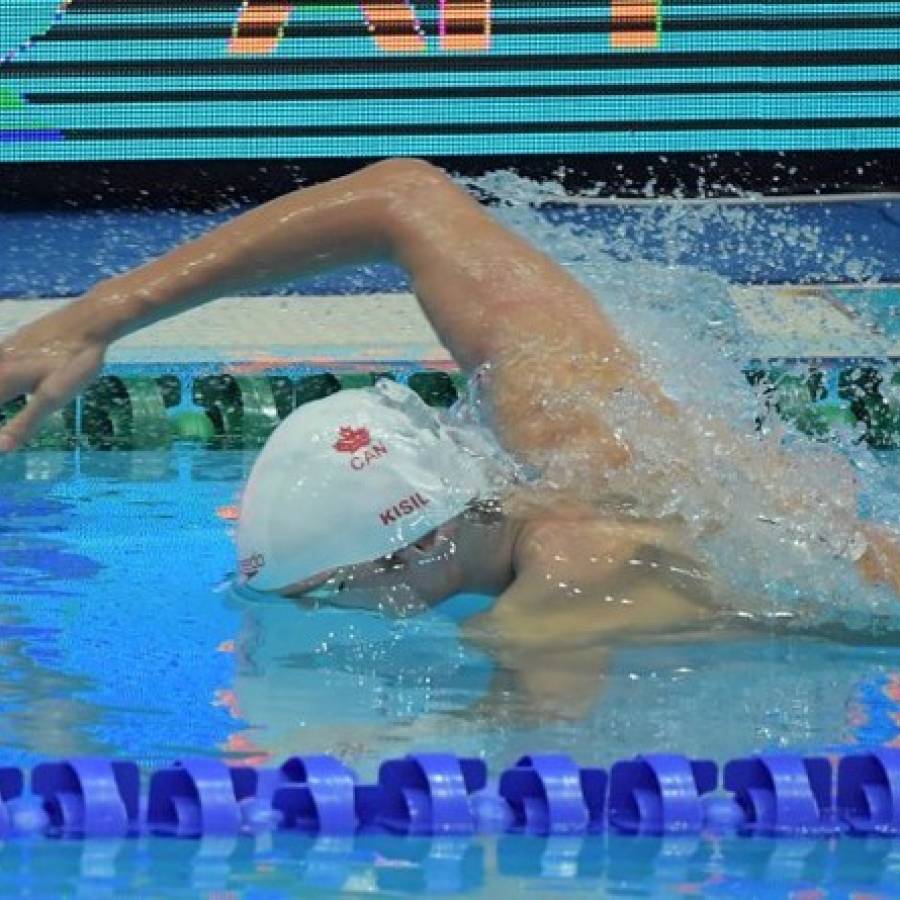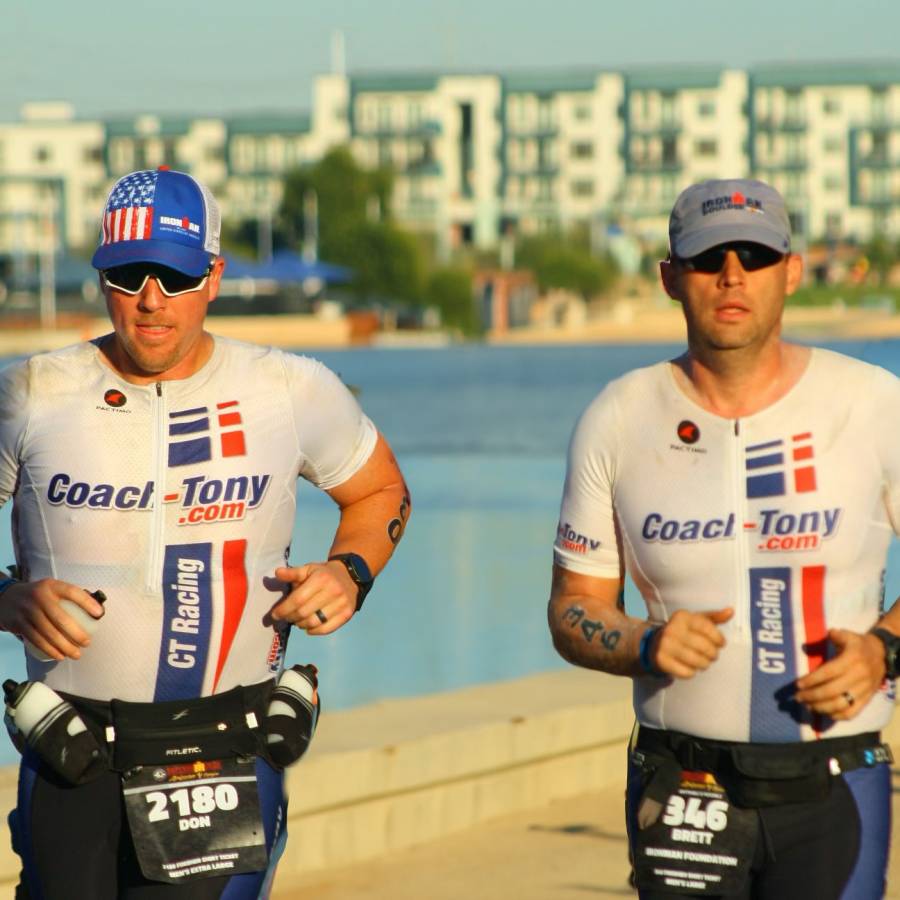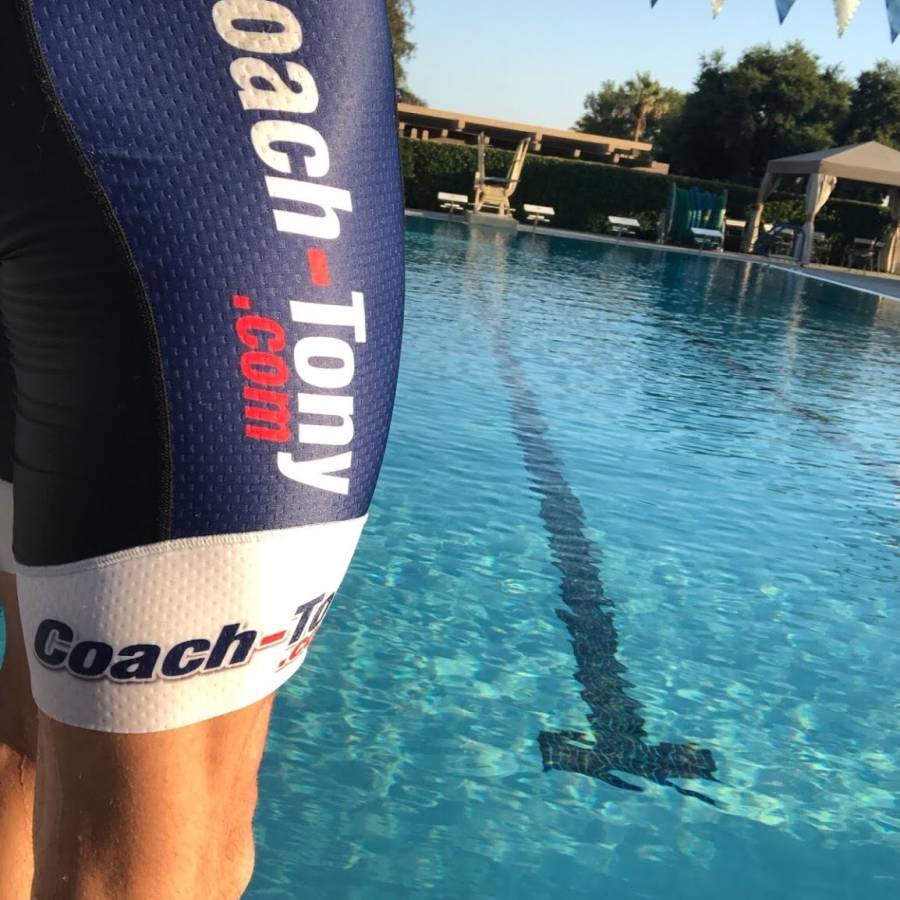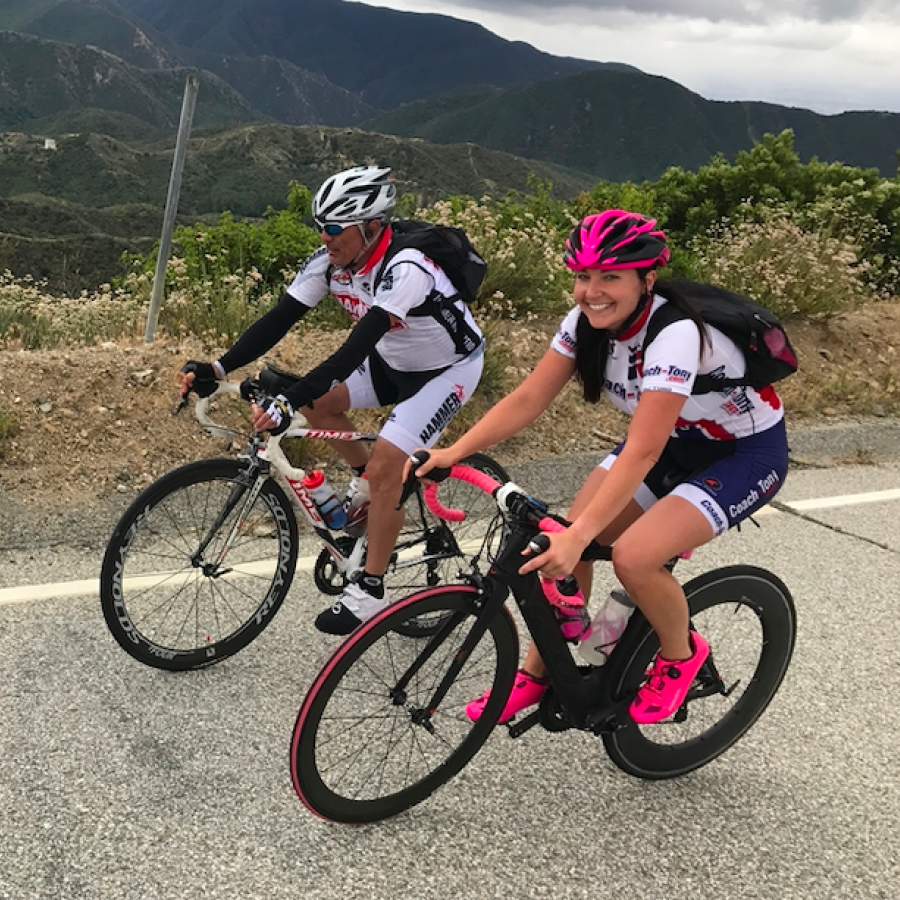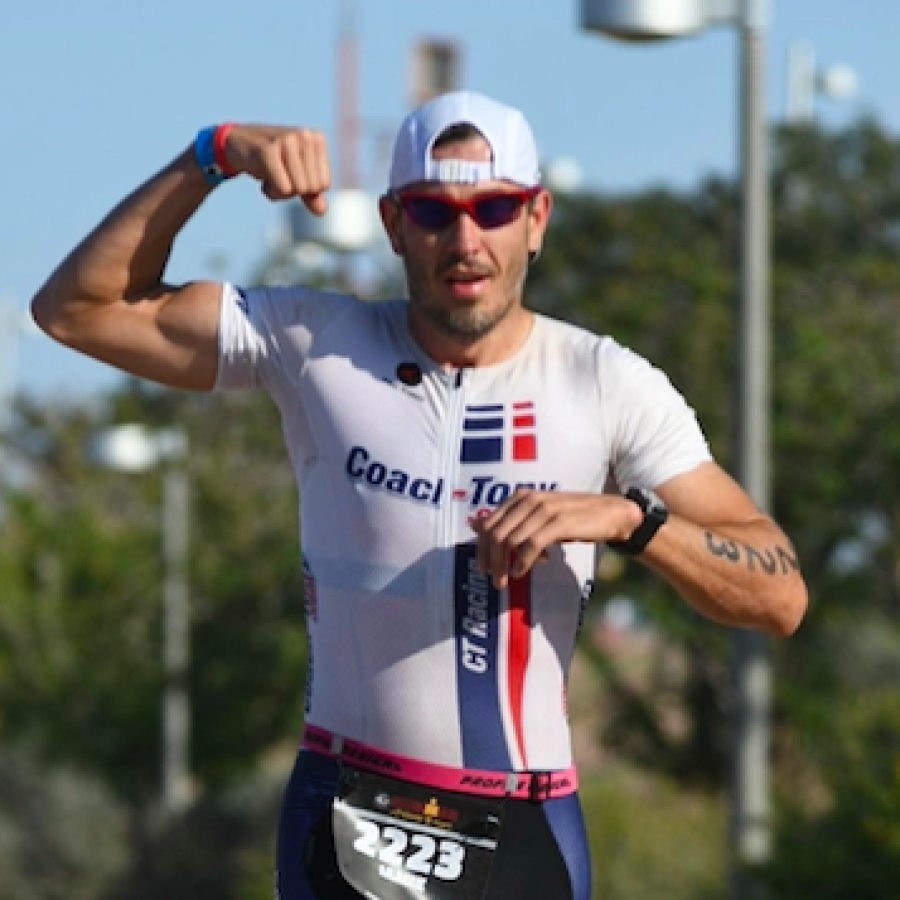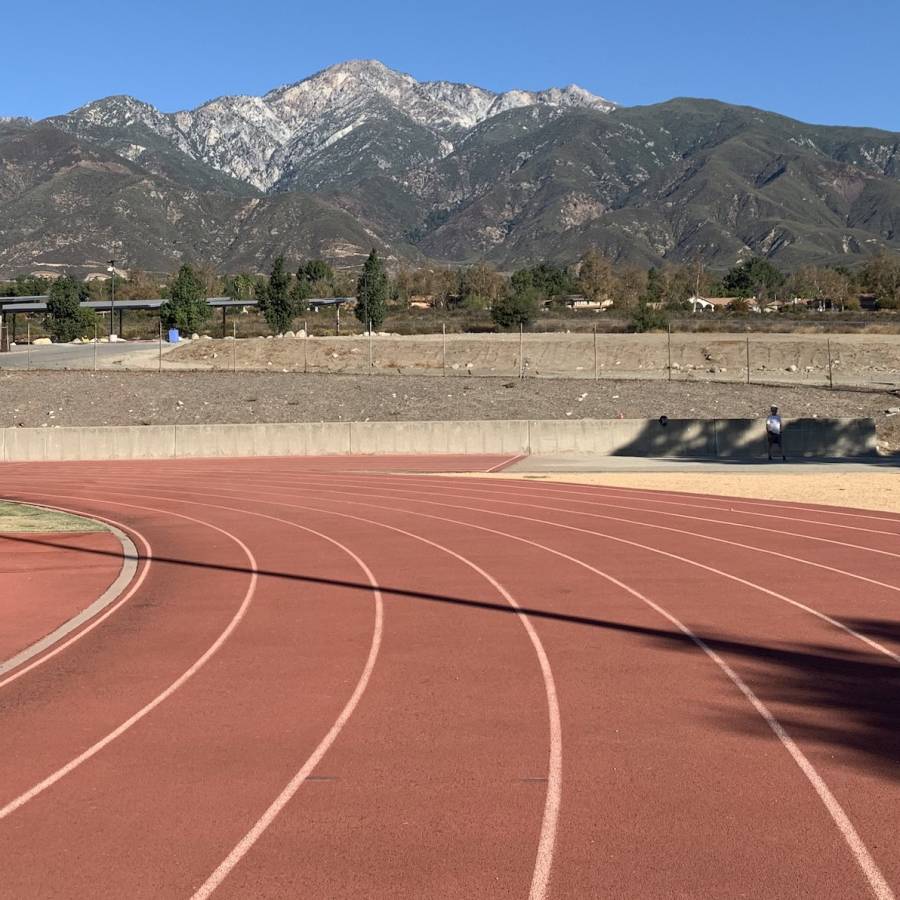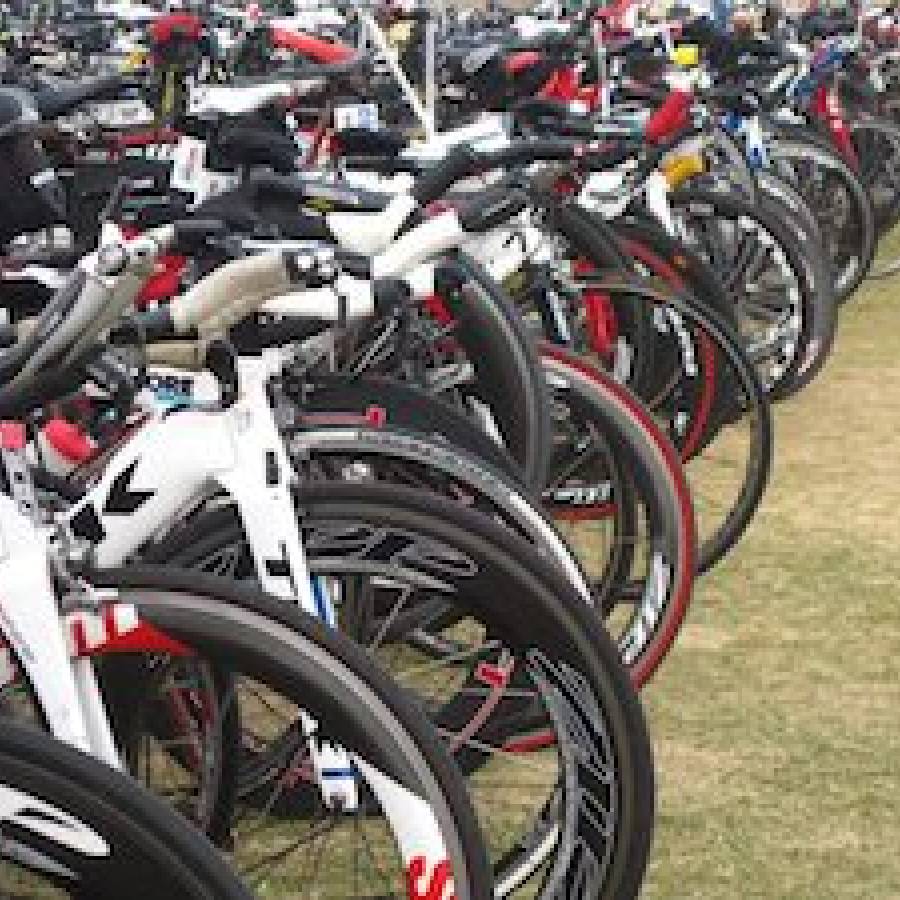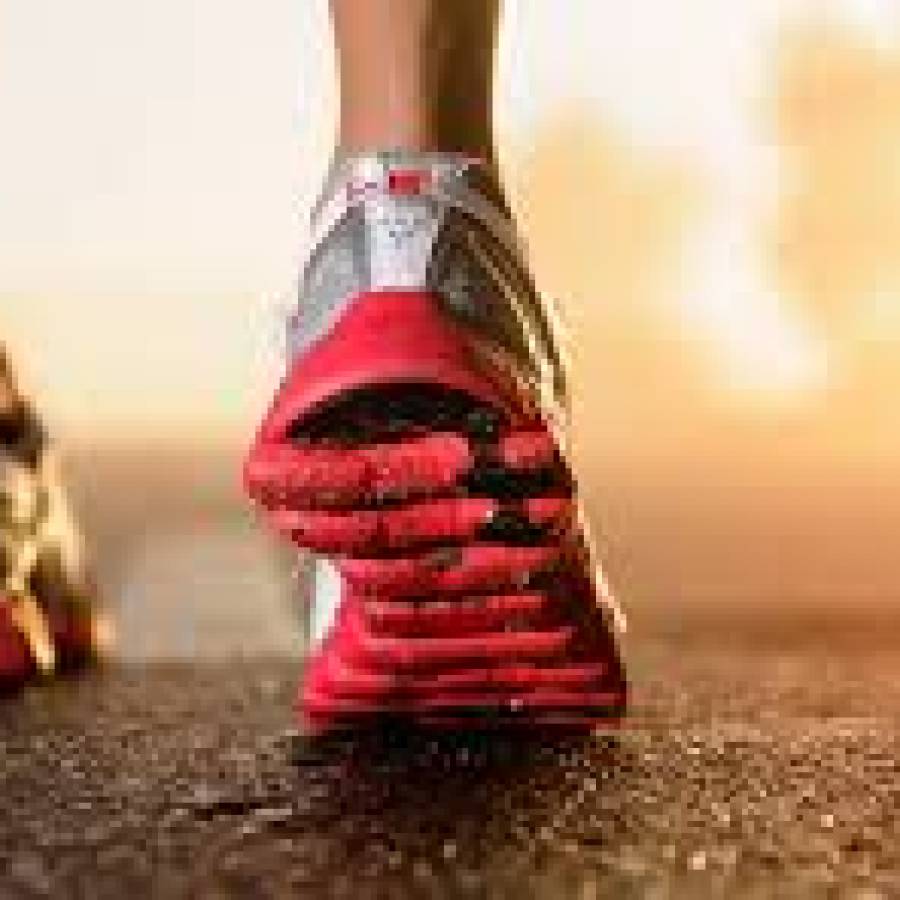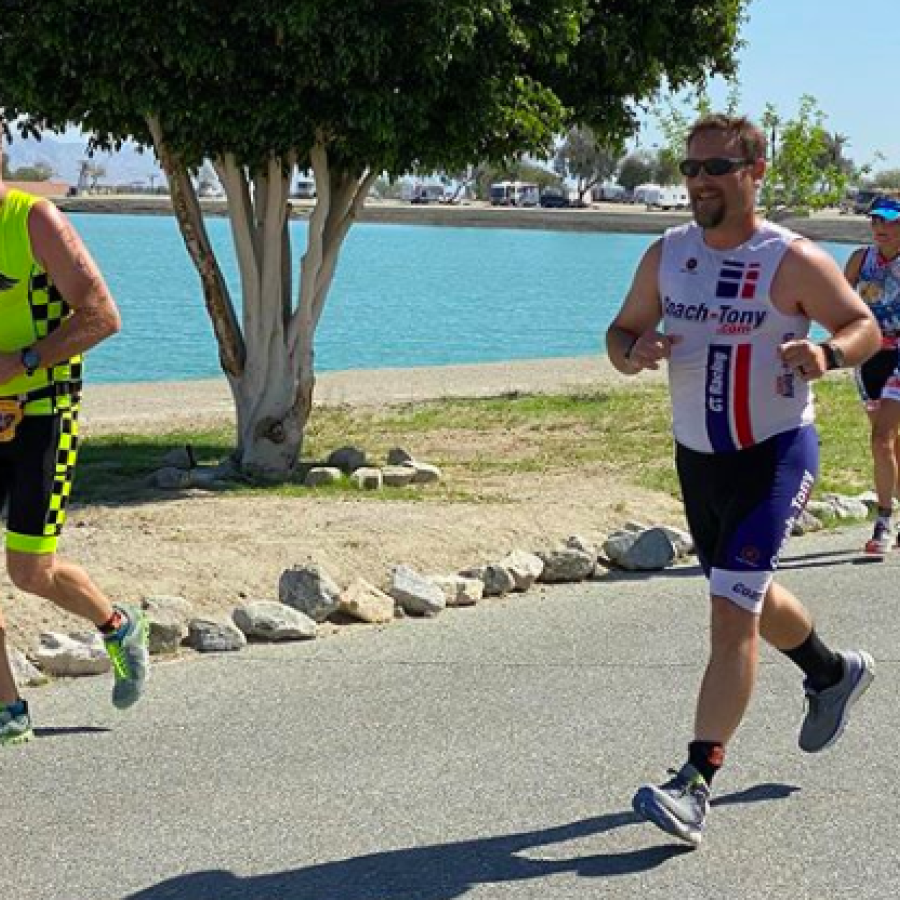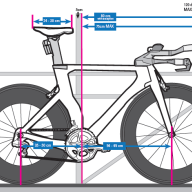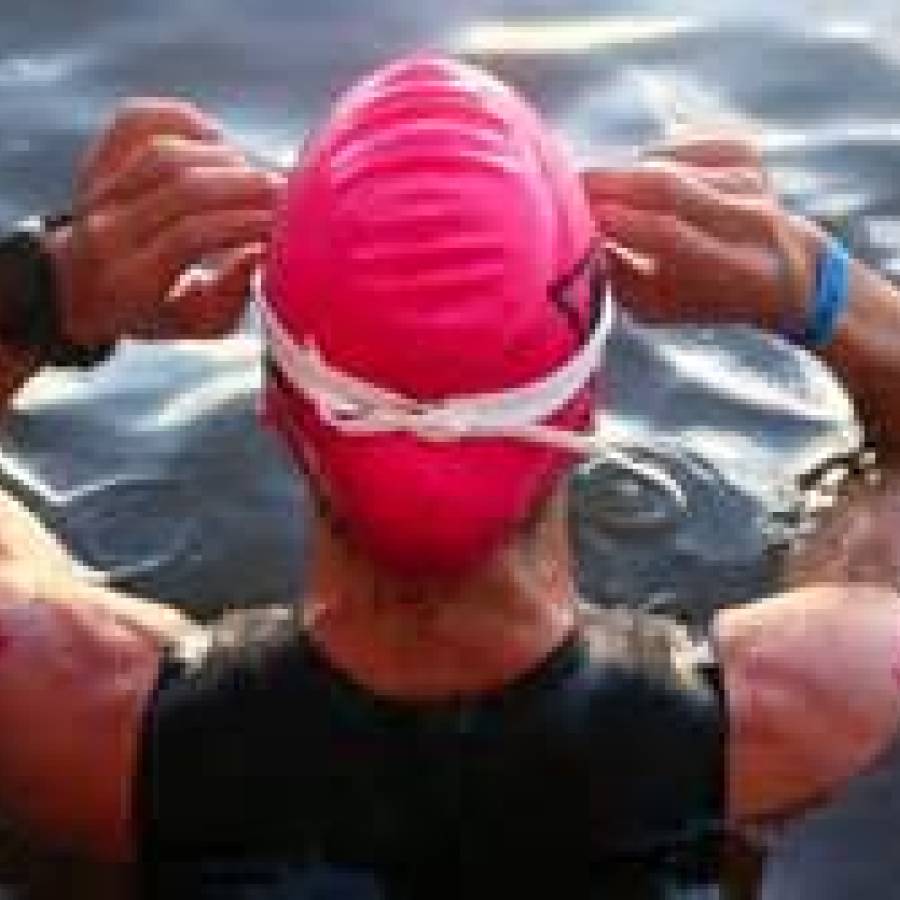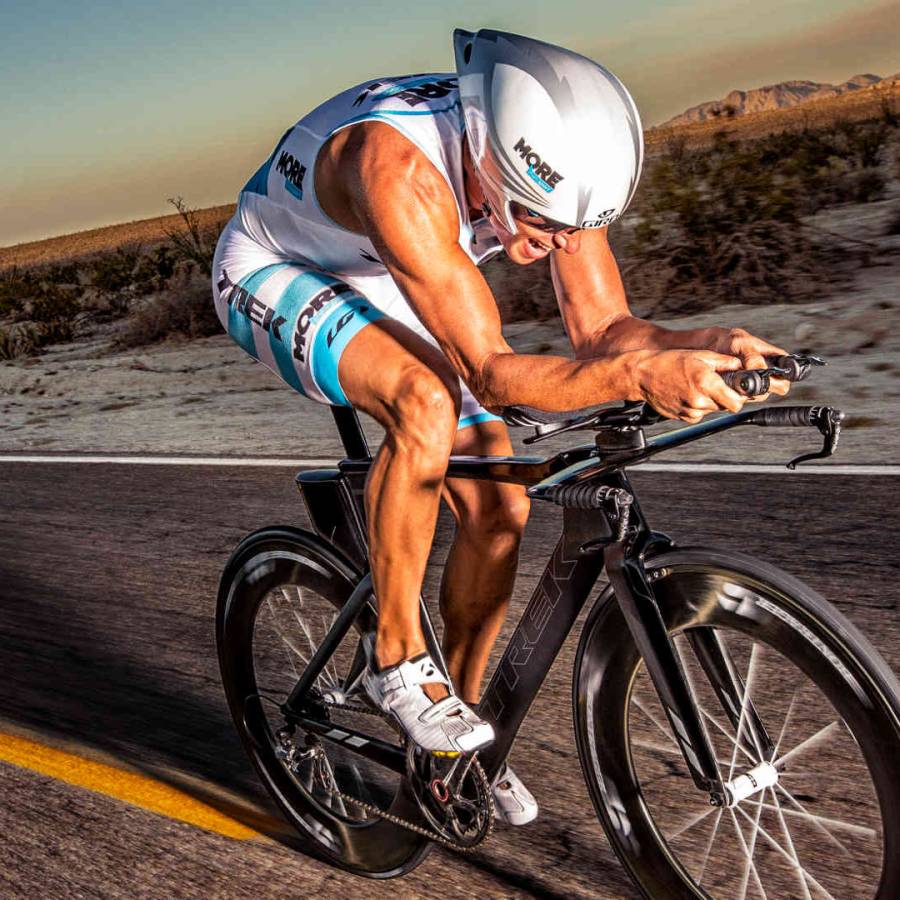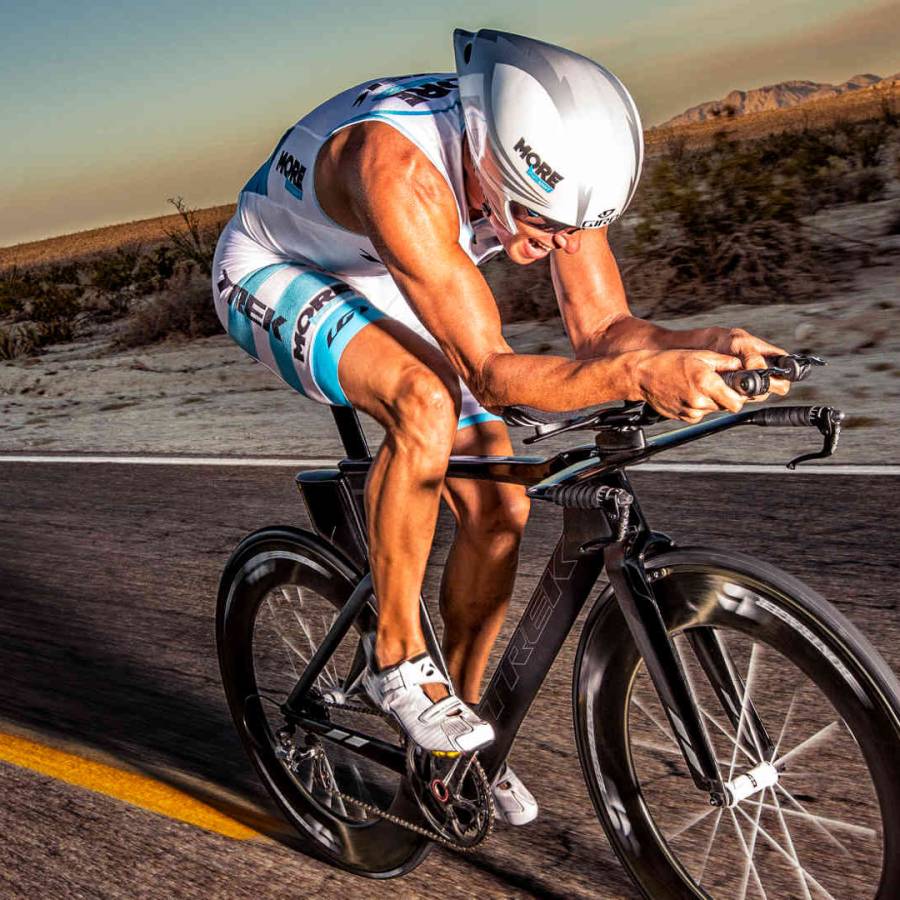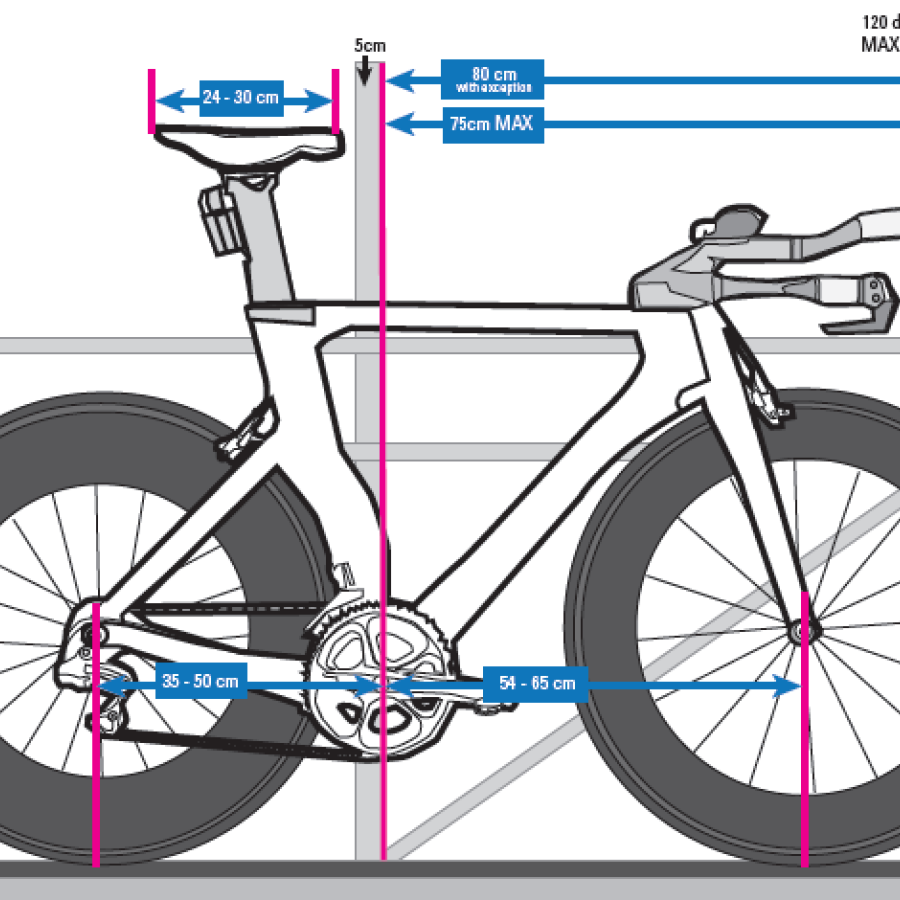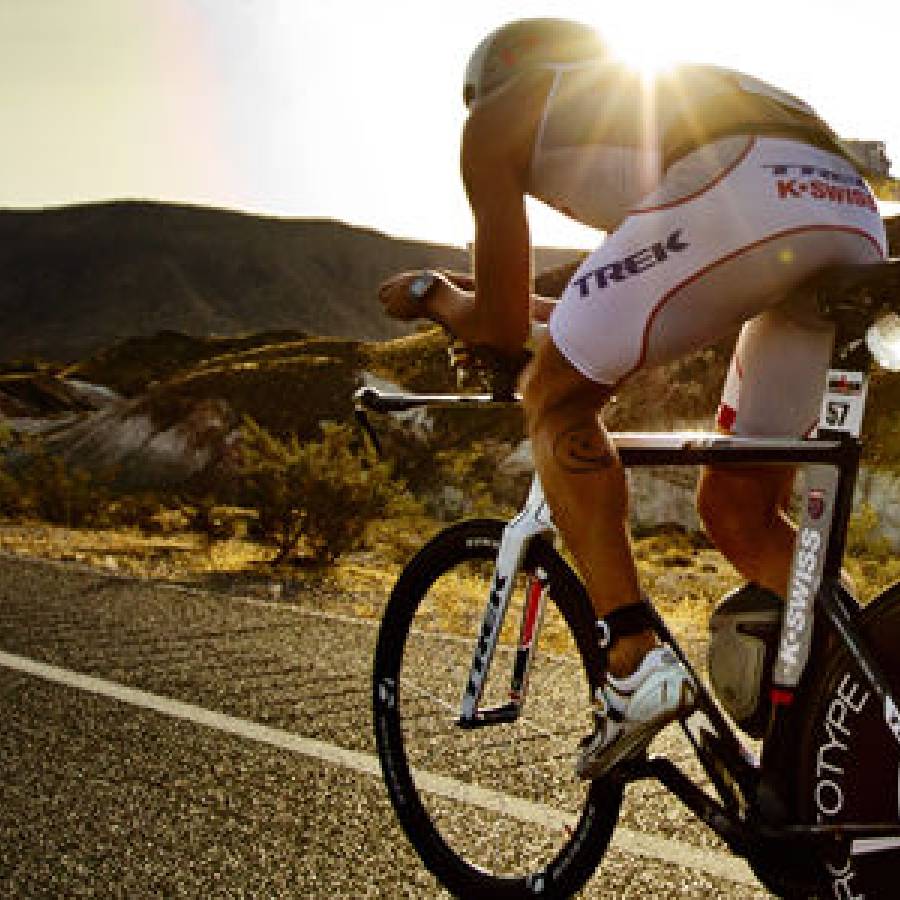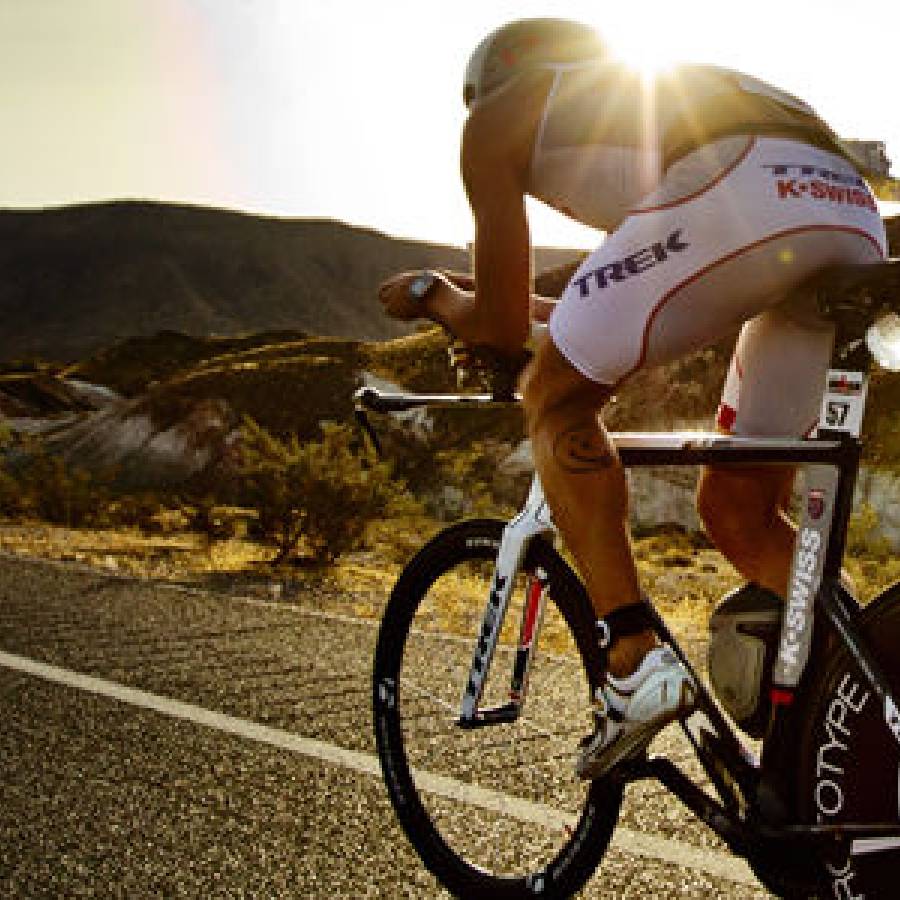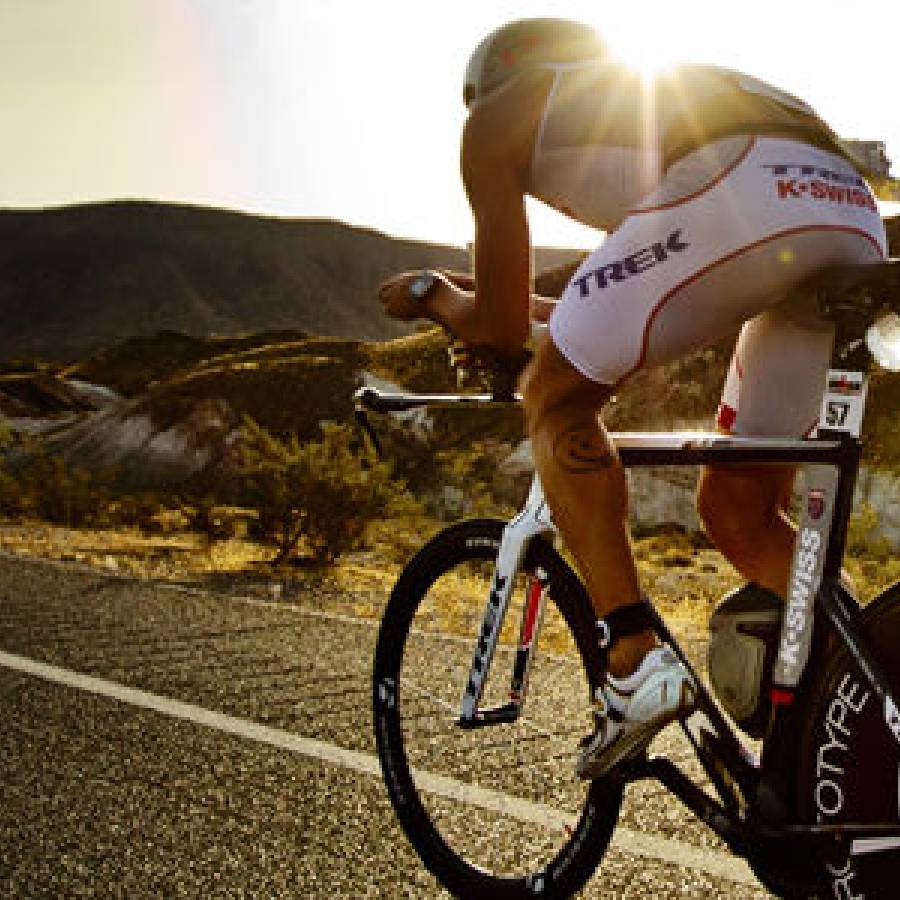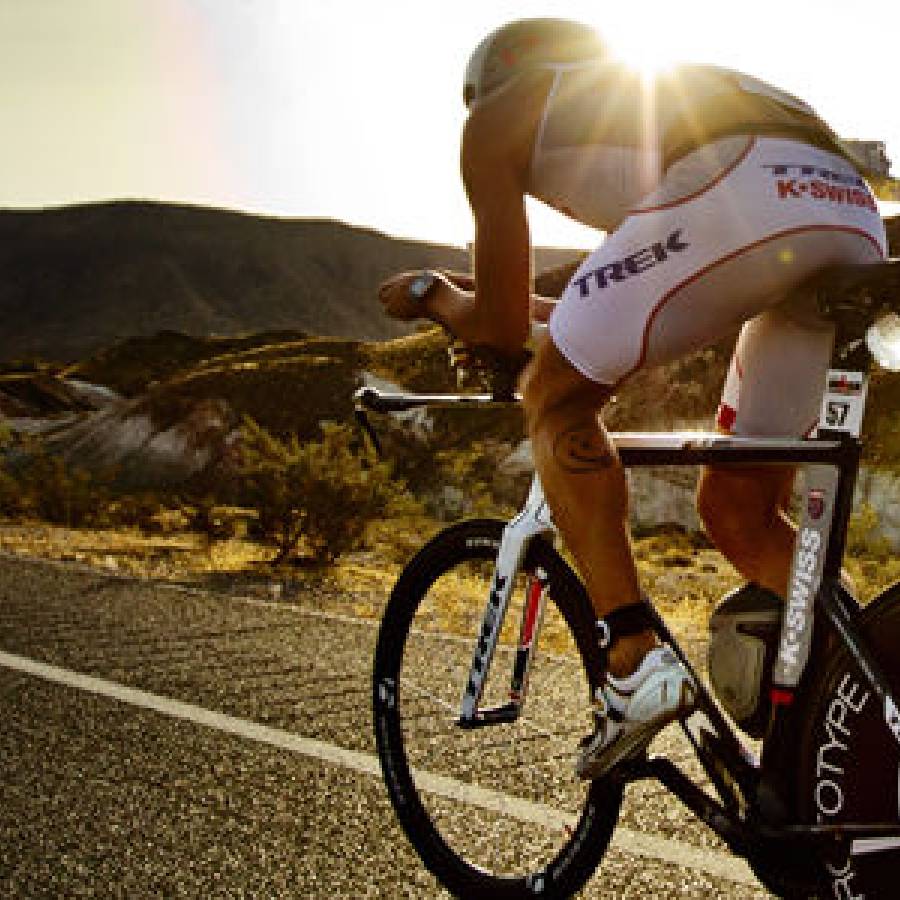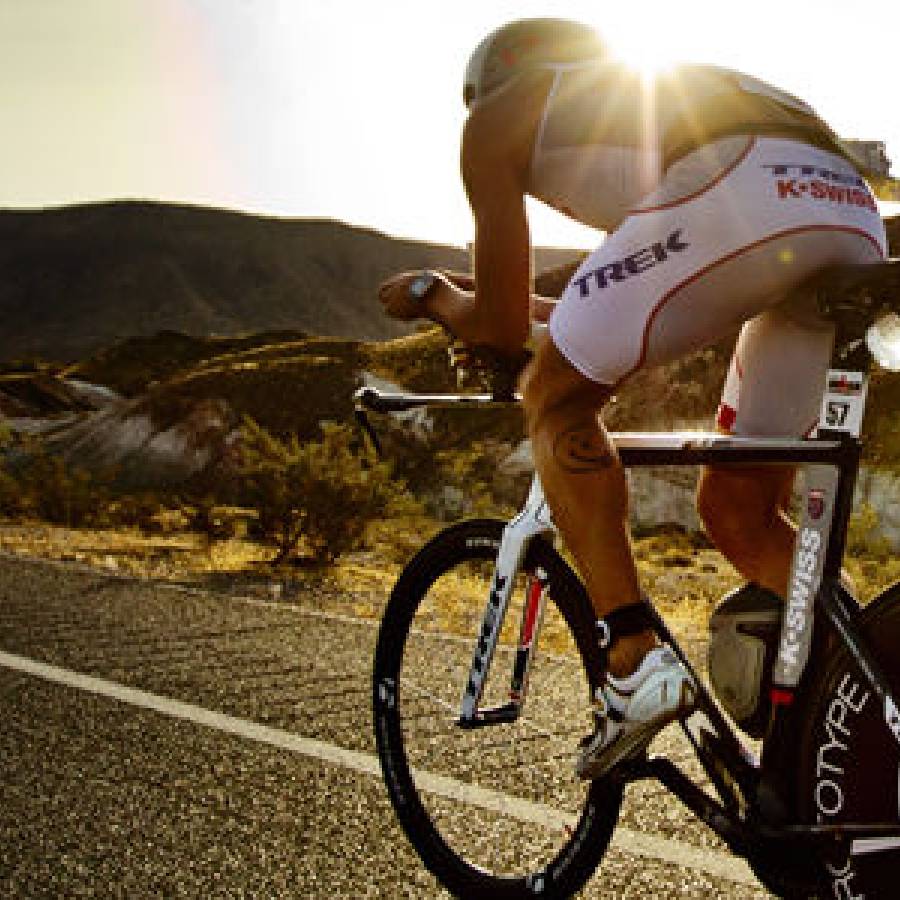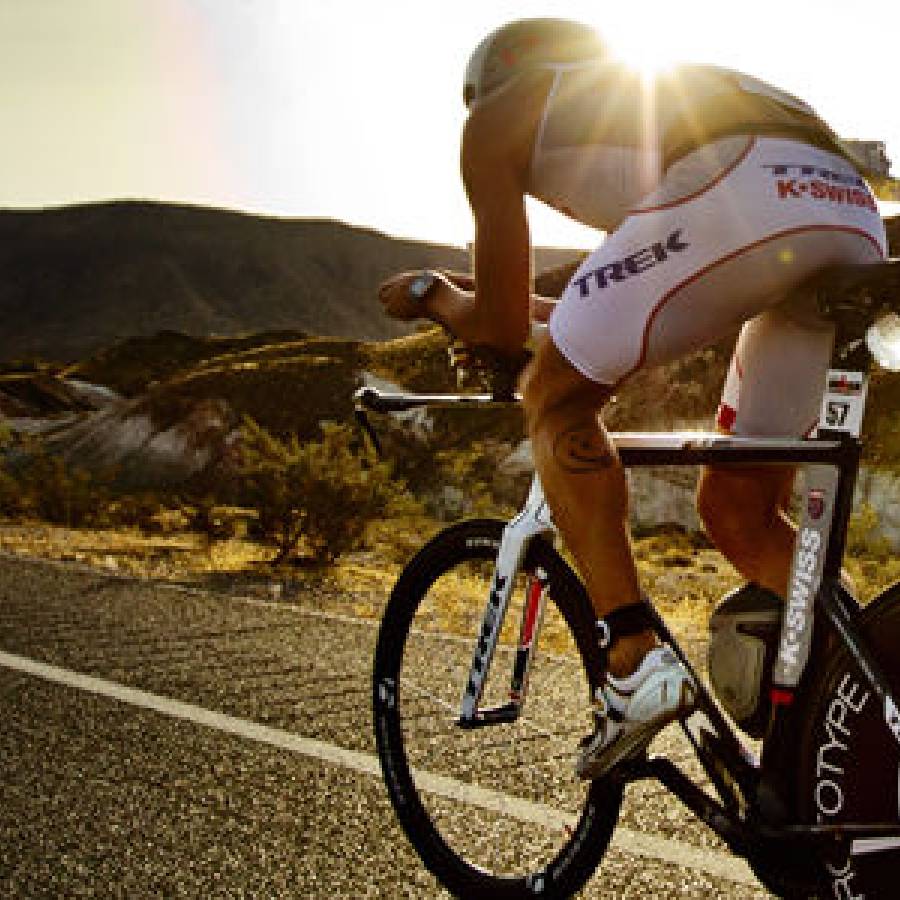Indoor cycling is a great option for when the weather prohibits an outdoor ride. While indoor trainers are useful for winter training, it isn’t something most can mentally sustain beyond an hour. A mix of indoor and outdoor riding is best; indoor for mid-week training helps the weekend long ride become more enjoyable and effective. To keep things enjoyable outdoors use these 10 tips to stay warm when cycling in the winter.
1. Layer Your Core:
Lets begin with your core. A single thick jacket may seam like a good idea but as you begin to sweat, you may over heat and retain sweat. Taking it off leaves you wet and cold. A better option is to use several thin layers of clothing to layer your core. Not only will it keep you warmer than opting for a single thick jacket, but it will also make adjusting to temperature changes easier.
Layering your core is easy. Start with a base-layer that wicks away moisture. You can purchase core layers or use an old running technical t-shirt without the sleeves. Next is the mid-layer which is your cycling top or jersey. This layer helps to retain heat. The outer-layer choice can vary depending on the weather conditions and/or terrain. Long sleeve jackets can vary in thickness and breathability. Some have mesh in areas where we sweat profusely to reduce overheating. Some have wind-stopper fabrics to block cold air. An alternative to the long sleeve jacket is to use a vest in combination with arm warmers. Both arm warmers and vests can be found in various thicknesses. There is also the option of using the arm warmers inside the long sleeve jacket.
2. Spare Jacket
If you’re planning on climbing several thousand feet or the weather is unstable, try to know the temperature changes of your ride route. While you may have layered well for the current elevation or weather, you may find things are different as you ride. If climbing, you will get warmer but the temperature decreases as you gain elevation. Climbing generates heat and you may affected by the temperature at the top of the hill. You may want extra layers or a change of clothes.
3. Layer Your Butt
I see athletes layering their core nicely but ignoring their butts. Doubling up on riding shorts creates too much padding and makes riding very uncomfortable. There are base layer shorts on the market that work well. If you’re a triathlete, older worn tri shorts work nicely as a base layer.
4. Layer The Legs
When it’s really cold, you may want to consider layering with leg warmers over or under your shorts. There are varying lengths of leg warmers that span from a full set of bibs covering all of your legs, butt, and part of your core to just leg or knee warmers. Calf compression sleeves also work well.
5. Shoe Covers
Wearing multiple pairs of riding socks will give your shoes a tight fit. Using thinner running socks under your riding socks as a base layer works well. On the outside, use quality toe or full shoe covers that are waterproof (made of wetsuit material) or wind resistant fabric.
6. Remember your head. Layering the head can be a hit or miss. Approximately thirty percent of the body’s heat is lost through the head. This makes layering difficult because you can easily overheat your head or sweat profusely. I like to use a skull-cap specific to cycling that is slim enough to fit under your helmet and covers the ears. Seldom will I use it for the entire ride. It comes off once I can tolerate the temperature. If you live in an area where it rains a lot, a helmet rain cover may be a good idea. Keep in mind, this may also keep heat from being released.
7. Protect The Eyes
Riding glasses can be very useful for weather protection. Most of the top brand riding glass options come with a spare clear set of clear lenses. Contact me if you are in need of a good pair of riding glasses. I can help you get a discount with Rudy Project.
8. Eat Before the Ride
It’s always important to eat before a ride, but it’s especially important during the winter. Not only will you need the fuel for exercise, but the food you eat will also go a long way toward keeping you warm. Make sure to eat a complete meal prior to riding. Carry additional food with you.
9. Increase Intensity
Mixing intervals into your winter outdoor rides or climbing long distances will generate more heat. Increasing intensity will keep your core temperature elevated. Keep in mind that hard efforts may cause you to sweat more, so pealing layers may be needed.
10. Warm Drinks
A trick commonly used by the pros is to stay warm by filling an insulated water bottle with warm tea. Another option is the green tea hydration mixture from Skratch Labs.
Tony Troccoli is a USA Triathlon, Slowtwitch Power Cycling, F.I.S.T. Certified, and Total Immersion Certified coach. Tony is founder and owner of Coach-Tony.com Training Plans and Bike Fitting. www.coach-tony.com




